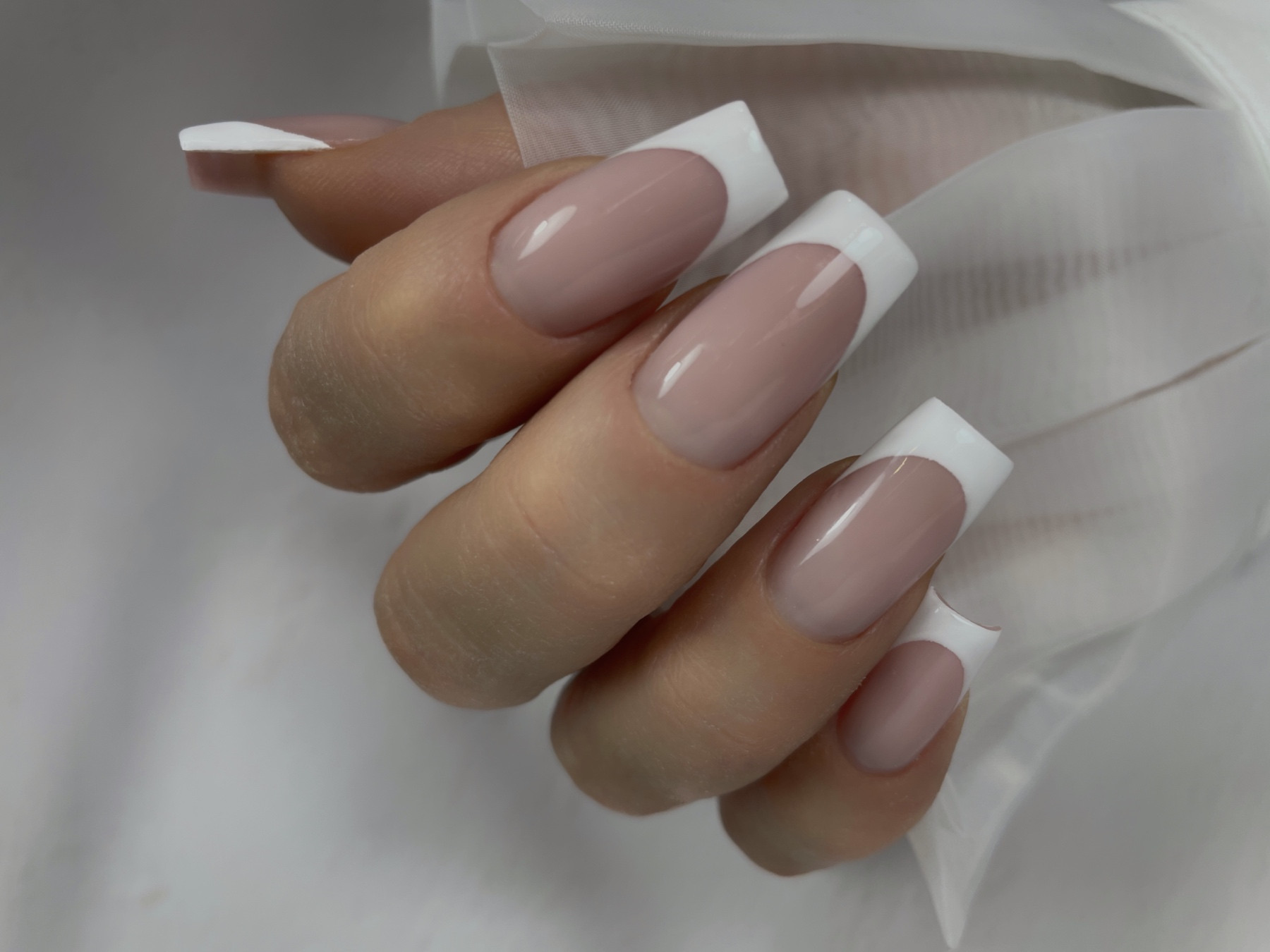Nail extension

Nail extensions are artificial enhancements applied to natural nails to create length, strength, and aesthetic appeal. There are different types of nail extensions, including acrylic, gel, and fiberglass/silk. Here's an overview of each:
-
Acrylic Nail Extensions:
- Material: A mixture of a liquid monomer and a powder polymer that forms a strong, durable layer on the natural nail.
- Application: The liquid and powder are mixed and applied to the natural nail using a brush. The mixture is then shaped and allowed to dry.
- Strengths: Acrylic nails are known for their durability and strength. They can withstand daily wear and are less likely to break.
- Considerations: They can be more challenging to apply at home and usually require a professional technician.
-
Gel Nail Extensions:
- Material: A gel formula that hardens when exposed to UV light. It is typically available in a thick, sticky form.
- Application: Gel is applied to the natural nail and shaped before being cured under a UV or LED lamp.
- Strengths: Gel nails tend to look more natural and can be more flexible and lightweight compared to acrylics.
- Considerations: They require a UV or LED lamp for curing and are typically applied by a professional.
-
Fiberglass or Silk Nail Extensions:
- Material: Thin pieces of fiberglass or silk fabric that are adhered to the nail using a resin or adhesive.
- Application: The fabric is cut to fit the nail, then secured with a special adhesive or resin. Multiple layers may be added for extra strength.
- Strengths: These extensions tend to be lightweight and flexible while still providing additional length and strength.
- Considerations: They may not be as strong as acrylic or gel nails, and they're typically used for more natural-looking extensions.
Tips for Nail Extensions:
-
Consult a Professional: While it's possible to do nail extensions at home, especially with press-on options, getting them done by a professional ensures the best results.
-
Maintenance: Regular upkeep is necessary, including filling or infilling every 2-3 weeks, depending on nail growth.
-
Be Gentle: Treat your nail extensions with care to avoid unnecessary stress or damage.
-
Avoid Harsh Chemicals: Nail extensions can be sensitive to certain chemicals, so avoid prolonged exposure to harsh substances.
-
Nail Health: Keep an eye on the health of your natural nails. If they become weak or damaged, it may be a good idea to take a break from extensions.
-
Removal: If you want to remove your nail extensions, consult a professional or follow the recommended removal process to avoid damaging your natural nails.
Remember, each type of nail extension has its own application process, advantages, and considerations, so it's important to choose the one that suits your preferences and lifestyle best.